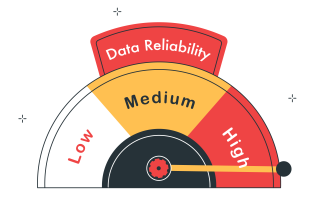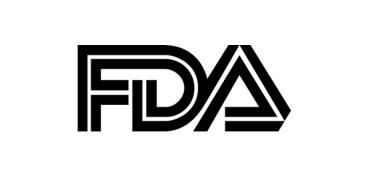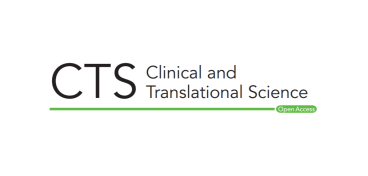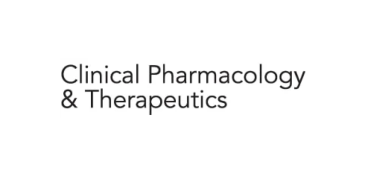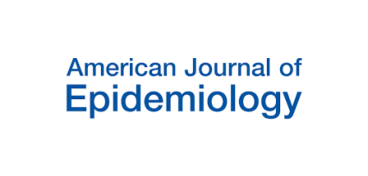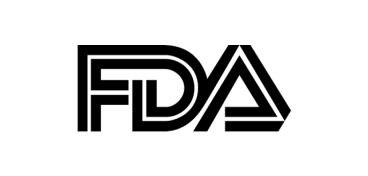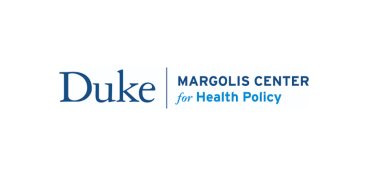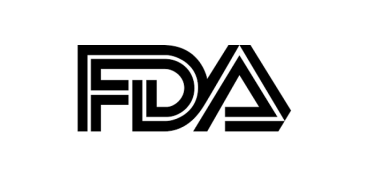Explore how RWD clinical trials leveraging approaches such as external control arms, hybrid controls, pragmatic elements, and covariate adjustment are reducing timelines, costs, and patient burdens.
Key Articles
Collections
Adjusting for prognostic covariates can significantly increase statistical power and reduce required enrollment in both treatment and control arms.
Reliable ECAs cut enrollment in half, dramatically accelerating development of treatments for high-unmet need conditions.
Hybrid controlled trials leverage both internal and external controls, reducing required enrollment while ensuring comparability of RWD.
Pragmatic trials leveraging routinely captured data in typical care settings significantly reduce operational costs, increase speed, and enhance the generalizability of findings.
RCTs run in routine practice settings can generate robust causal evidence while better reflecting real-world care and enrolling patients 50% faster.
Explore the key elements that make RWD fit for purpose to address the research questions at hand – data relevance and reliability – and how to ensure RWD is fit for purpose for clinical trials.
Key Articles
Collections
Methodologies for robust real-world evidence (RWE) analysis mitigate bias and ensure the validity of study inferences.
Traceability of RWD from source to analysis ensures transparency and is required in order to use RWD for primary evidence.
Validation is critical to determine RWD accuracy and completeness – the critical components of RWD reliability.
Explore RWD/RWE regulatory guidances, RWD data standards, RWD privacy regulations like HIPAA and GDPR, and approaches to ensure RWD/RWE meets regulatory requirements.
Key Articles
Collections
Examining how the FDA utilizes RWD/RWE in decision-making helps inform RWD clinical trial strategies.
Conducting RWD clinical trials requires understanding and handling a variety of rapidly evolving regulatory and non-regulatory RWD data standards.
Planning, conducting, and submitting RWD clinical trials requires a thorough understanding of the regulatory landscape.
